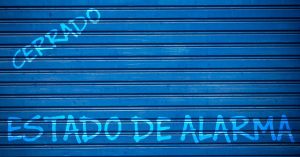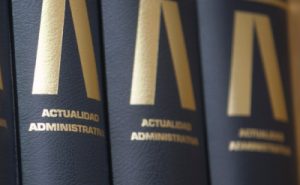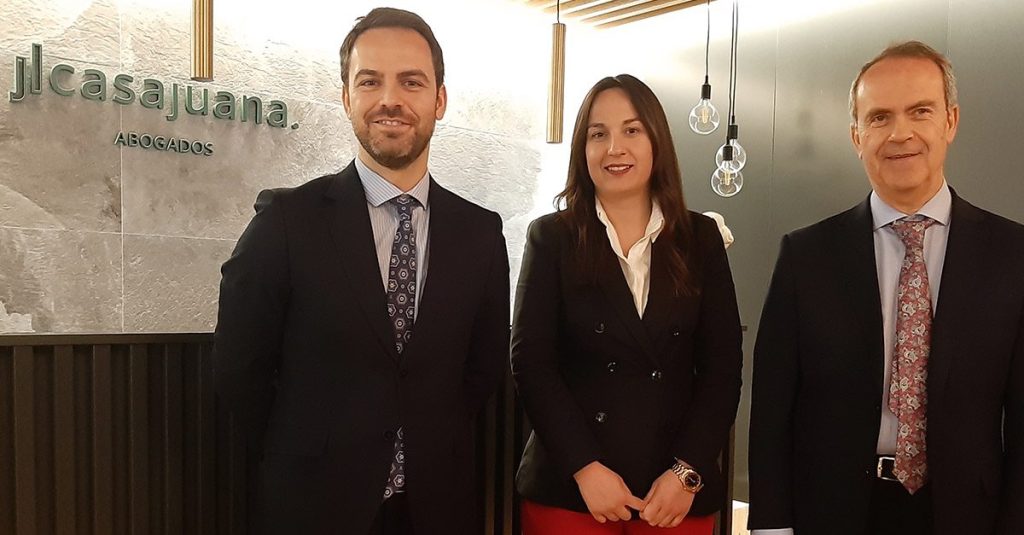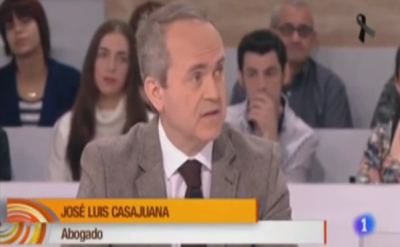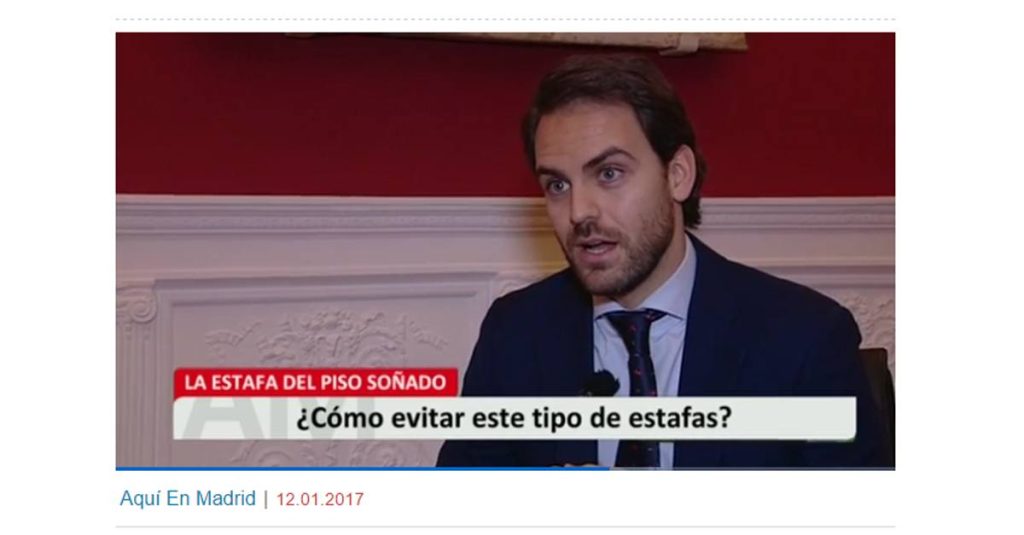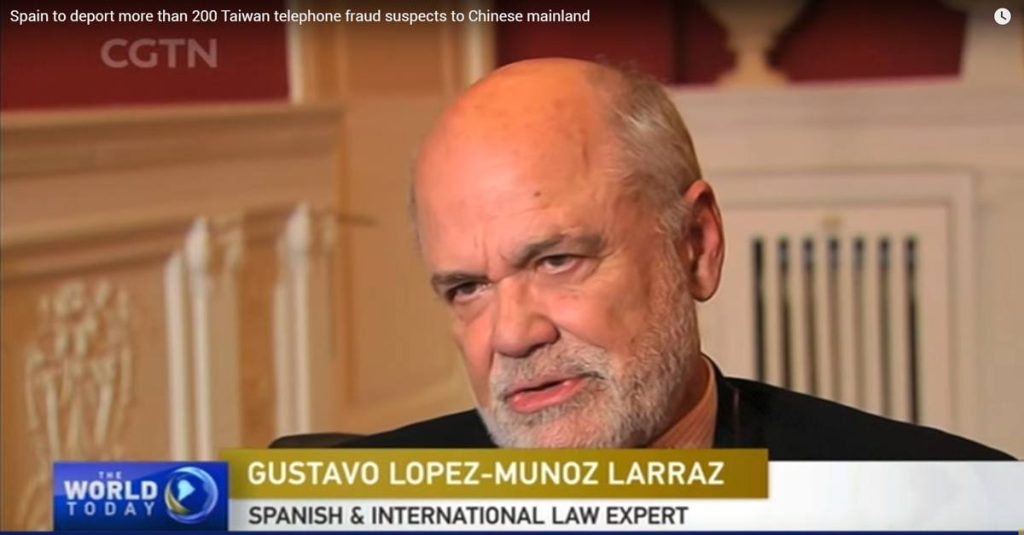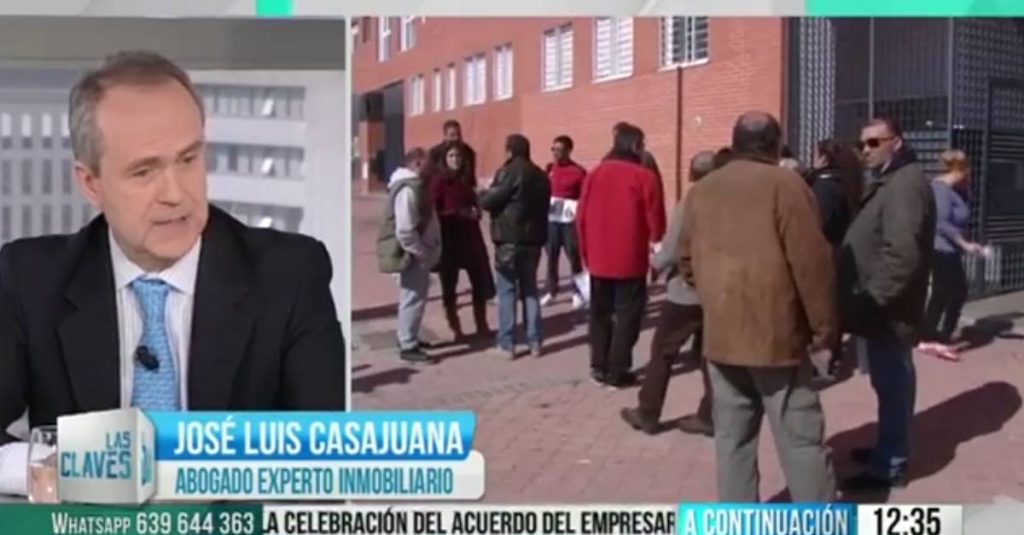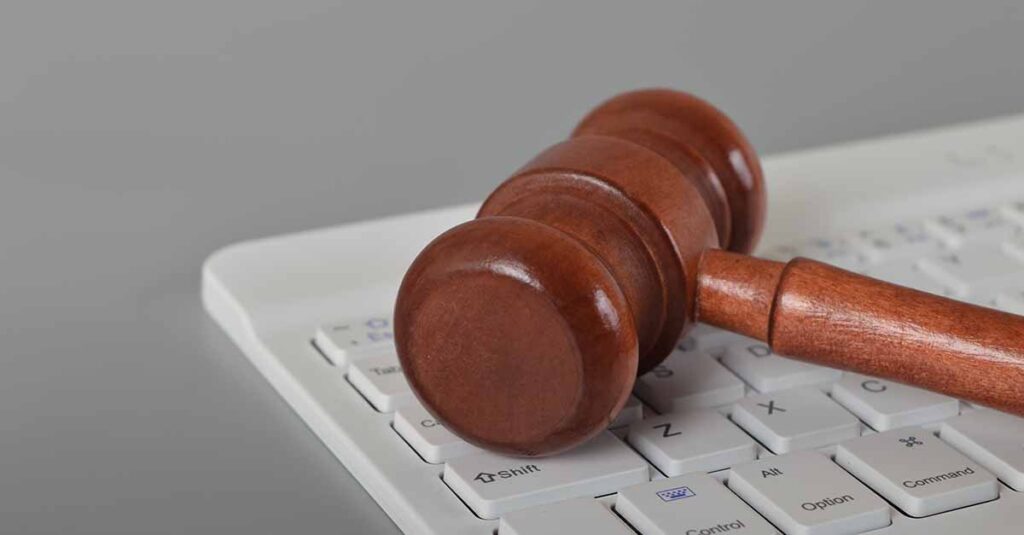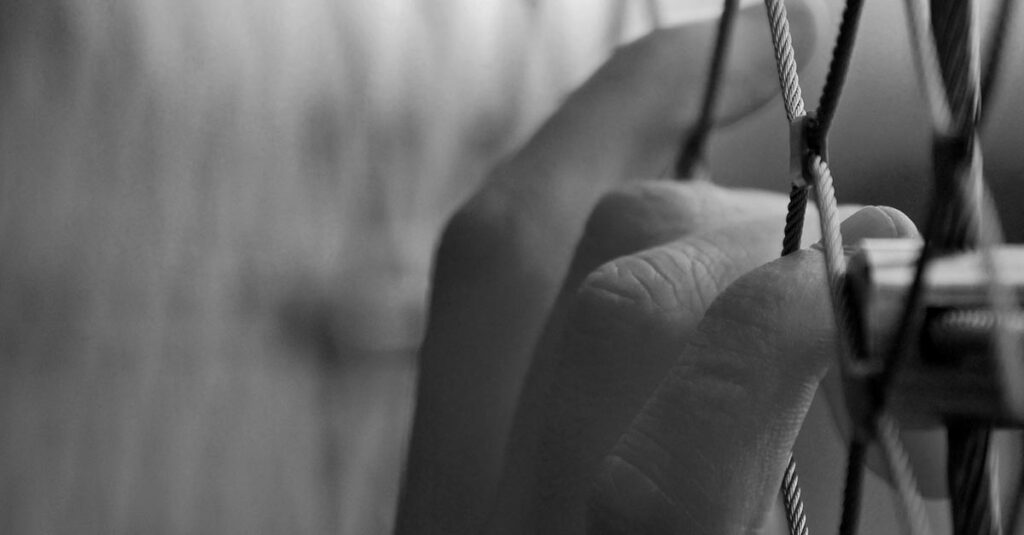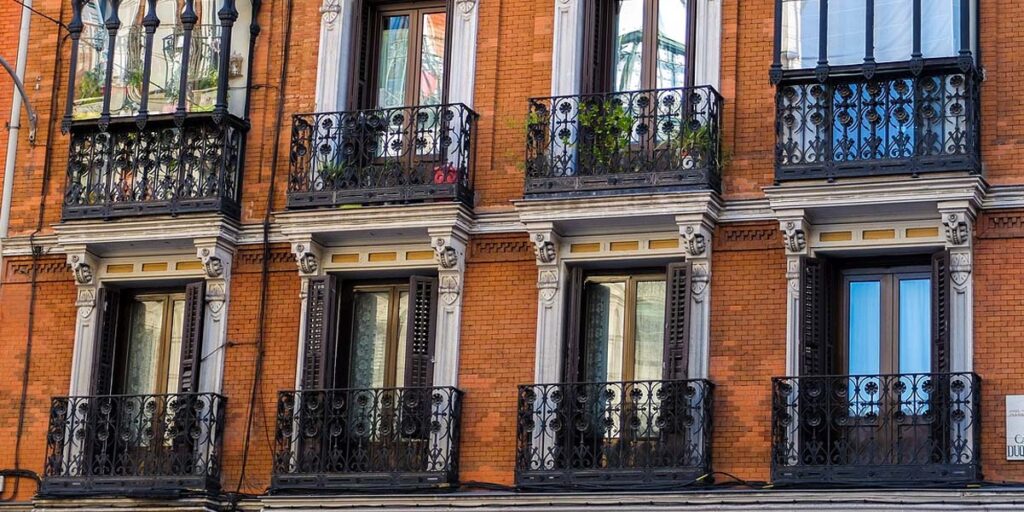Protection of movable or immovable property of artistic, cultural or historical value
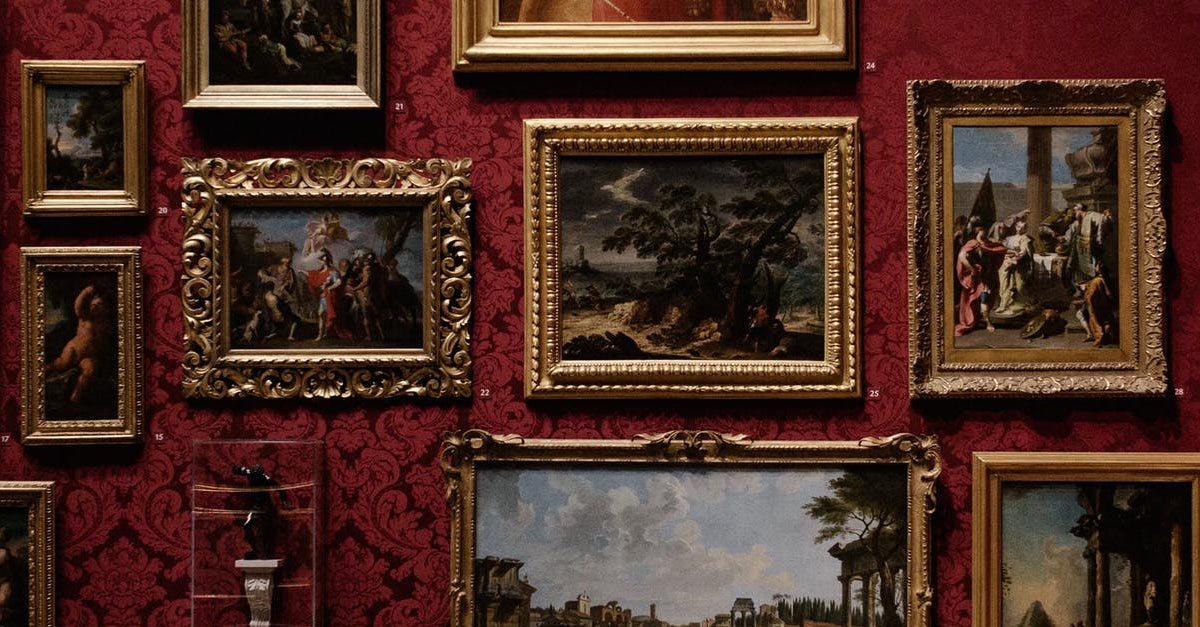
Throughout my professional life I have received inquiries from my most varied clients, but now I am going to refer to those that have been related to the Law 16/1985, on Spanish Historical Heritage. A fairly unknown law but of paramount importance for the protection of assets of cultural, artistic or historical interest and thus prevent their looting or destruction.
Specifically, I am going to comment on three real examples of the different situations contemplated by this law and that are extremely useful for our current and potential clients. It is very possible that any reader knows or has even been affected by any of the circumstances that we are going to expose. Therefore, I am convinced that the article will be of interest.
Protection of movable or immovable property of artistic, cultural or historical value – Situation A
When our client’s father died, a series of Roman coins were found inside the family home that his father must have acquired on his day but there was no proof documentary film. His father was a scholar of history and, along with the coins, he left a notebook with handwritten notes on the inscriptions that were contemplated on them and that dated them to the last centuries of the Roman Empire on the peninsula (2nd to 4th centuries).
Your question in this regard was diverse: do these coins have cultural value as well as economic value in the antiquities market? Since there is no documentary reference, could you freely sell them without the need to include that value in his father’s estate? And, finally, leaving this asset within the family “heritage” without disclosing it to anyone, knowing its antiquity and possible cultural, artistic and historical interest, did it violate any legislation that would entail the imposition of a fine or. even worse, the commission of a crime?
[fusion_highlight color=”rgba(0,144,142,0.2)” rounded=”yes” class=”” id=””]Read: Situation A: “Properties included in the general inventory of Spanish Historical Heritage“
Protection of movable or immovable property of artistic, cultural or historical value – Situation B
One of our clients discovered, by chance, that she had a painting of significant value in her home, inherited from her mother years ago. The point was that she saw in a museum of Spanish painting from the 19th century a painting whose style was very similar to the one she had in her house. She investigated and realized, without a doubt due to the theme and composition, that this painting could be by a certain contemporary artist of Fortuny or Madrazo but that her painting was not part of the inventory of the author’s work.
It was a work completely unknown to the public. Given this finding and given the trust she had in us for her legal issues, she asked us a series of questions. Could she freely sell the work at an auction house or, first of all, did she have to notify the cultural authorities so that they included that work in her author’s inventory? Did having such a pictorial work in her house make him have any responsibility in case of theft that would force him to increase the security measures that she already had? Our client was afraid that by declaring possession of such a work and identifying himself as its owner, it could be the result of a robbery at her home.
[fusion_highlight color=”rgba(0,144,142,0.2)” rounded=”yes” class=”” id=””]Read: Situation B: “Goods of cultural interest. Objective limitations to property rights”
Protection of movable or immovable property of artistic, cultural or historical value – Situation C
A friend’s family (more than a client, but also), had and still has a family farm in a province of Castilla y León. When carrying out the necessary works for the pool, the workers discovered some aligned rocks that turned out to be ancient tombs, of Visigothic origin or from the Early Middle Ages. The owners of the land where this apparition took place had never suspected they were on top of a site of these characteristics and understood that what had happened was a great responsibility.
However, they had doubts: was the discovery a reason for the State to expropriate the farm so they could do the prospecting they deemed appropriate? In the event of an expropriation not taking place, what role would the owners of a farm where what clearly appeared to be an archaeological site have appeared? It was a farm owned by his family for generations, with agricultural and livestock farms and he did not want the discovery to affect that situation.
As a result of this type of consultation, I have had to familiarize myself with the different types of assets that constitute the Spanish historical heritage and the consequences that are legally applicable to the people who own them of said goods. The basic regulatory body on this matter is made up of the aforementioned Law 16/1985 on Spanish Historical Heritage and the regulation that develops it in Royal Decree 111/1986.
The three situations raised constitute the three types of Spanish historical heritage assets that are specially protected in this regulation. The qualification and, above all, the effects of said qualification are different in each of these situations.
In future articles, we will analyze each of the different situations that we have listed in more detail and depth.
Luis Ester Casas
Lawyer expert in Civil and Commercial Law
11/06/2019

